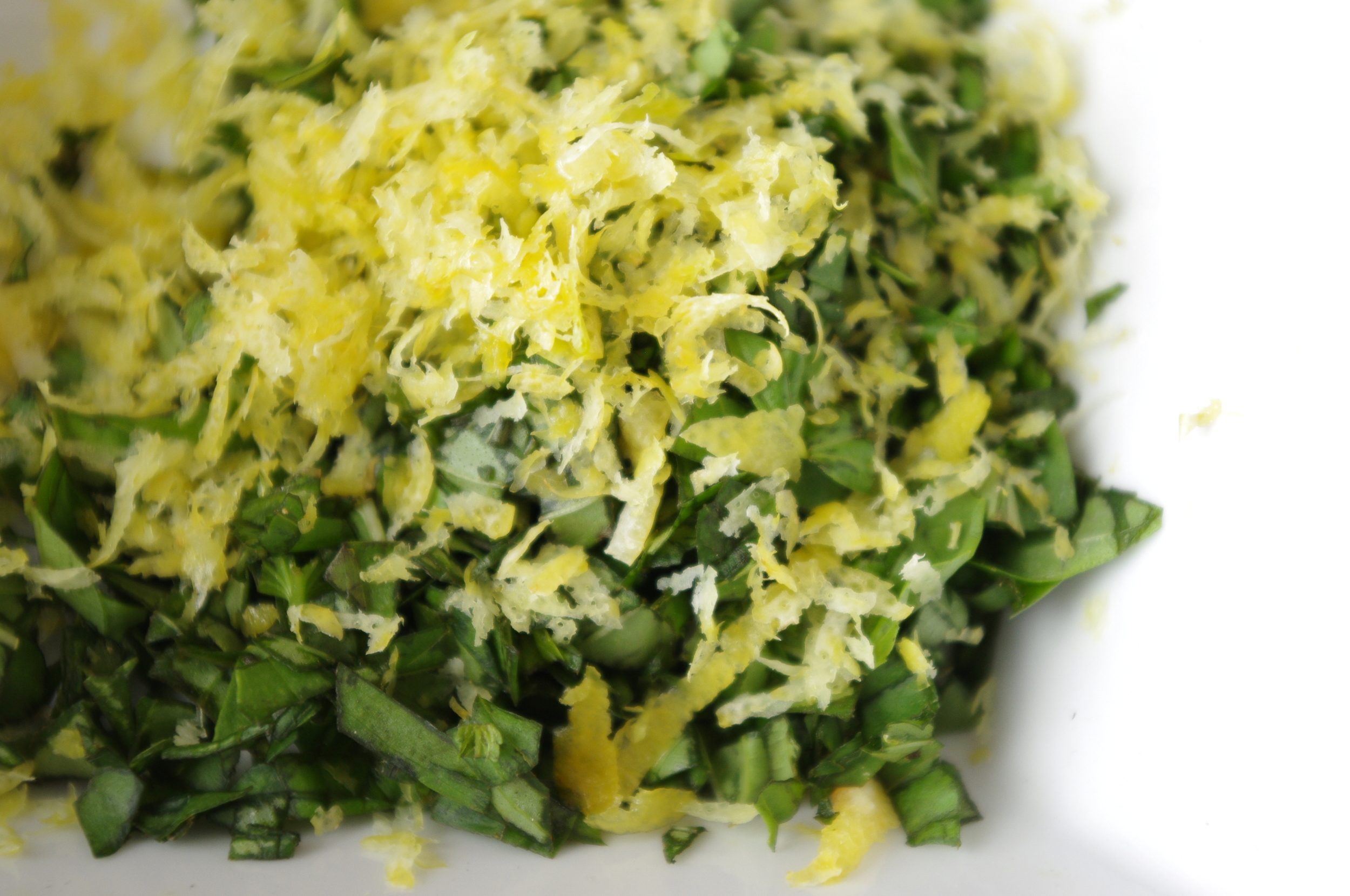For the last recipe of the 2013 CSA season, we wanted to offer something special. With a chill in the air, many people are thinking about warm comfort foods or recipes worth gracing a holiday table. Souffle's have a light and airy texture, but rich and comforting flavor. And let's be honest, there's no better way to impress your mother-in-law than to serve her a souffle for a holiday brunch. In search of a compliment to the sharp tasting greens, I wandered down to Main Street Meats where they were more than happy to help me find the perfect cut of meat. (Shopping at a real butcher shop, by the way, is absolutely nothing like shopping for meat at a grocery store). After some deliberation, I settled on a delicious portion of cold-smoked Tasso. When sliced thinly and seared in a pan, it reminds me of a really nice Canadian bacon or English bacon, but with a bonus kick of spices and seasonings around the edge. Sweet peppers and shallots rounded off the flavor for this delightfully rich breakfast or lunch combination.
Ingredients:
1 bunch of Turnip Greens
3 medium Shallots
Olive or Canola Oil
1 clove of fresh Garlic, minced or pressed
8 oz Cream or Milk
1 Tbs White Wine Vinegar
Sea Salt
freshly ground Black Pepper
1/2 cup finely grated Grana Padano Cheese (can substitute parmesan or another hard, aged cheese)
1/3 cup dry white or sourdough Breadcrumbs
3 farm-fresh Eggs, separated
On The Side:
thinly sliced Tasso from Main Street Meats
yellow and red Sweet Peppers, sliced
1 medium Shallot, sliced
Method:
Grease four 4-inch ramekins. Preheat oven to 375 degrees.
Remove the stems from the turnip greens. Wash the greens and chop. Slice the shallots into 1/4 inch slices. Heat a skillet and saute the greens and shallots with a little oil until they wilt. Add some salt and pepper and continue to cook until they just begin to caramelize and the aroma blooms.
Remove from heat and place the sauteed greens and shallots in a blender with the garlic, cream, vinegar, salt to taste, and a generous amount of freshly ground black pepper. Puree the mixture on medium-low speed. Taste and adjust seasonings as desired.
Place the pureed mixture in a medium mixing bowl. Add the egg yolks, grated cheese and breadcrumbs and stir to combine.
In a separate bowl, using an electric hand mixer, whisk the egg whites until soft peaks form. Gently fold the egg whites into the pureed mixture.
Fill the prepared ramekins and bake for about 30 minutes.
While the souffle's are baking, sear the thinly sliced tasso until it is cooked through and begins to brown a little.
Remove from the pan and saute the sliced peppers and shallots, adding a little oil to the pan if necessary.
Serve the warm souffle with the tasso and sauteed vegetables on top, or on the side.















